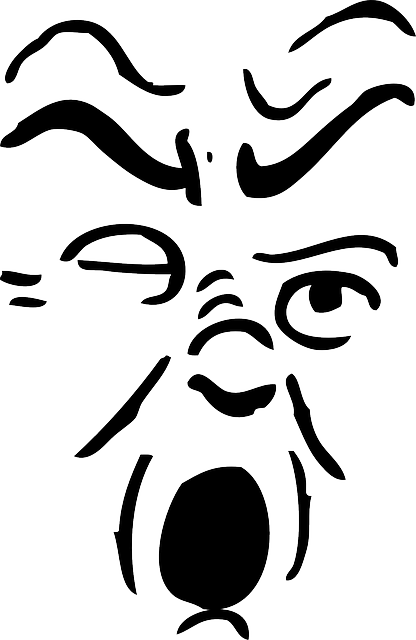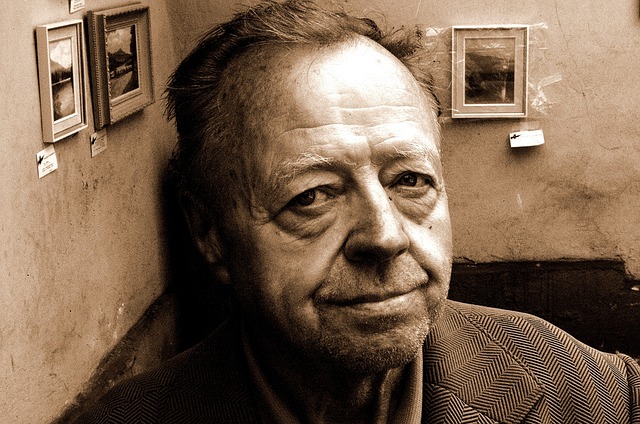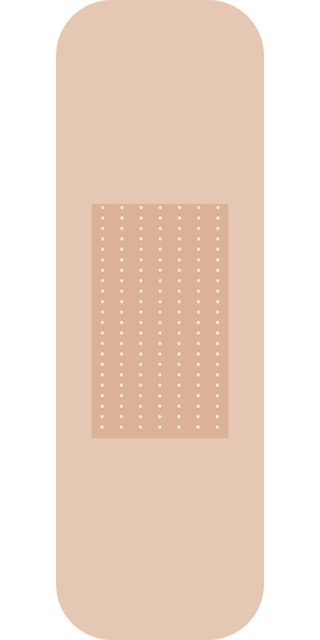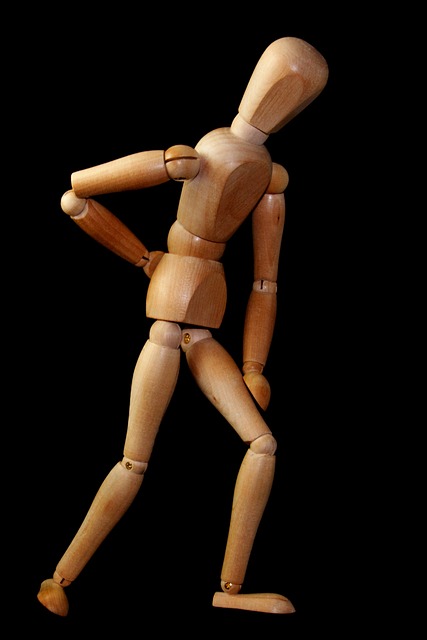Regenerative recovery techniques are revolutionizing pain management by leveraging natural healing processes, reducing pharmaceutical reliance. Innovations like platelet-rich plasma (PRP) therapy and stem cell therapies are at the forefront, offering drug-free solutions for chronic pain through tissue repair and inflammation reduction. These approaches, combined with physical rehabilitation programs focused on personalized exercises, manual therapy, hydrotherapy, and biofeedback, empower patients to manage their pain sustainably, minimizing medication dependency. Additionally, the strategic use of nutraceuticals like omega-3 fatty acids from fish oil, curcumin from turmeric, and Vitamin D supplements, alongside dietary modifications and regular physical activity, complement these therapies for a well-rounded pain management strategy that promotes overall health. This comprehensive, integrative approach is tailored to individual needs, offering immediate symptom relief and long-term health benefits without the negative side effects of prolonged medication use. It's an effective alternative for those seeking alternatives in managing various types of chronic pain conditions.
Exploring the frontiers of pain management, this article delves into innovative strategies that transcend traditional medication reliance. We’ll navigate through regenerative recovery methods, including stem cell therapy and platelet-rich plasma (PRP) treatments, which offer promising alternatives for healing. Furthermore, we’ll examine the synergy between physical rehabilitation and these advanced techniques in reducing dependency on pain medications. Additionally, the role of nutraceuticals and supplements as complementary tools in managing chronic pain will be highlighted. Concluding with an integrative approach that marries these therapies with strategic lifestyle modifications, this piece aims to inform readers on effective, multifaceted pain management solutions.
- Unveiling Regenerative Recovery Techniques as Alternatives to Medication for Pain Management
- The Science of Regeneration: Understanding Stem Cells and Platelet-Rich Plasma in Healing
- Physical Rehabilitation and Its Role in Reducing Dependency on Pain Medications
- Nutraceuticals and Supplements: Natural Allies in Managing Chronic Pain
- The Integrative Approach: Combining Regenerative Therapies with Lifestyle Modifications for Effective Pain Management
Unveiling Regenerative Recovery Techniques as Alternatives to Medication for Pain Management

Regenerative recovery techniques have emerged as promising alternatives to medication for managing chronic pain. These innovative methods leverage the body’s natural healing processes, offering a potential long-term solution that avoids the reliance on pain-relieving drugs. For instance, platelet-rich plasma (PRP) therapy harnesses a patient’s own blood components to accelerate healing in injured tissues, providing a non-pharmacological pathway to alleviate pain and restore function. Similarly, stem cell therapies show great promise in their ability to repair or replace damaged cells and tissues, offering a natural means of addressing the underlying causes of pain rather than merely masking its symptoms with medication.
The integration of regenerative recovery techniques into pain management strategies is gaining momentum, as healthcare providers seek to minimize the risks associated with long-term pharmaceutical use. These techniques not only offer a personalized approach to treatment but also aim to enhance overall well-being and quality of life by focusing on the body’s innate restorative capabilities. By exploring regenerative options such as prolotherapy, which stimulates ligament and tendon repair through controlled prolonged irritation or rehabilitative exercises, individuals are finding ways to manage their pain without the need for continuous medication dependency. This shift towards regenerative medicine is a testament to the ongoing innovation in medical care and represents a significant step forward in pain management.
The Science of Regeneration: Understanding Stem Cells and Platelet-Rich Plasma in Healing

Regenerative recovery methods offer a promising alternative to traditional pain management strategies, harnessing the natural healing capabilities of the human body. At the forefront of this therapeutic revolution are stem cells and platelet-rich plasma (PRP), which have demonstrated remarkable potential in repairing damaged tissues and alleviating pain. Stem cells possess the unique ability to differentiate into various cell types, effectively replenishing or regenerating damaged tissue by creating new, healthy cells. This process is not only revolutionary but also tailored to the patient’s specific needs, offering a personalized approach to healing.
Platelet-rich plasma, another cornerstone of regenerative medicine, leverages a concentrate of a patient’s own platelets to accelerate and enhance the body’s healing process. By injecting PRP into injured areas, these platelets release growth factors that stimulate and intensify the natural repair mechanisms of the body, leading to a reduction in pain and an improvement in function. The synergy between stem cells and PRP not only minimizes reliance on medications but also promotes a more sustainable path for recovery, aligning with the growing trend towards holistic and less invasive treatments in pain management.
Physical Rehabilitation and Its Role in Reducing Dependency on Pain Medications

Physical rehabilitation emerges as a pivotal approach in the realm of pain management, offering an alternative to the reliance on prescription pain medications. By leveraging targeted exercises and therapies, individuals can enhance their natural healing processes, reducing the need for long-term medication use. Rehabilitation programs are tailored to address specific injuries or conditions, aiming to restore function, improve mobility, and alleviate discomfort in a sustainable manner. Through this personalized care, patients often experience a significant reduction in pain, which can be sustained over time with continued physical activity, thereby diminishing the dependency on pharmaceutical interventions.
Furthermore, the integration of various modalities within physical rehabilitation, such as manual therapy, hydrotherapy, and biofeedback, provides a multifaceted approach to pain management. These techniques not only aid in pain reduction but also empower patients with a greater understanding of their bodies’ responses to injury or chronic pain conditions. This empowers them to take an active role in managing their pain, leading to improved outcomes and a lower reliance on medications that may come with potential side effects. As such, physical rehabilitation is not only a pathway to recovery but also a means to foster autonomy and resilience in managing chronic pain without the crutch of constant medication use.
Nutraceuticals and Supplements: Natural Allies in Managing Chronic Pain

Incorporating nutraceuticals and supplements into a pain management regimen can offer a natural alternative to traditional medications for those experiencing chronic pain. These compounds, derived from foods or dietary supplements, have been shown to modulate inflammation and neuropathic pain without the side effects often associated with prescription drugs. For instance, omega-3 fatty acids, found in fish oil, possess anti-inflammatory properties that can alleviate joint pain and reduce the need for over-the-counter analgesics. Additionally, supplements like curcumin, the active ingredient in turmeric, have been studied for their potential to manage chronic inflammation and pain, offering a potent natural alternative to support overall well-being without the adverse effects commonly linked to long-term medication use.
Furthermore, the synergistic effect of combining these nutraceuticals with a balanced diet and regular exercise can enhance their efficacy in managing pain. Vitamin D, often insufficient in modern diets, plays a critical role in modulating pain perception and immune function. By ensuring adequate levels through fortified foods or supplementation, individuals may experience reduced pain sensitivity and improved quality of life. It’s prudent for those seeking to reduce their reliance on medications to consult with healthcare professionals to tailor a regimen that suits their specific health needs, ensuring the safe and effective use of these natural allies in managing chronic pain.
The Integrative Approach: Combining Regenerative Therapies with Lifestyle Modifications for Effective Pain Management

In recent years, the integration of regenerative therapies with lifestyle modifications has emerged as a powerful approach to pain management. This holistic strategy not only addresses the immediate symptoms of pain but also focuses on the underlying causes, promoting long-term health and wellness. Regenerative therapies, such as platelet-rich plasma (PRP) injections or stem cell treatments, are designed to harness the body’s natural healing processes, encouraging tissue repair and reducing inflammation. When combined with targeted lifestyle modifications—including dietary changes, regular exercise tailored to individual needs, and stress management techniques—patients can experience significant pain relief and improved function without an overreliance on medications. This dual-pronged approach not only alleviates acute pain but also enhances overall health, potentially reducing the need for chronic medication use in the long term.
Patients exploring alternatives to traditional pain management often discover that a tailored integrative program can be highly effective. The key lies in the synergy between regenerative medical procedures and comprehensive lifestyle adjustments. By addressing both the biological and behavioral aspects of pain, this approach offers a personalized solution that can effectively manage various types of pain, from chronic back pain to acute sports injuries. This method is particularly beneficial for those who wish to minimize the side effects associated with long-term medication use, as it provides an alternative pathway to relief and recovery. With careful planning and expert guidance, patients can navigate this integrative approach to find sustainable pain management solutions that align with their health goals and lifestyle preferences.
In conclusion, the pursuit of alternative methods to manage pain beyond medication is a multifaceted endeavor that encompasses regenerative recovery techniques. These approaches not only offer hope for those seeking relief from chronic pain but also promise a reduction in reliance on medications. The integration of stem cell therapies, platelet-rich plasma procedures, and comprehensive physical rehabilitation programs, alongside the strategic use of nutraceuticals and supplements, exemplifies an integrative approach to pain management. This holistic strategy emphasizes the body’s innate capacity for healing while also acknowledging the role of lifestyle adjustments in achieving long-term pain relief. As research continues to advance in this field, it becomes increasingly clear that a combination of these regenerative and natural methods can significantly contribute to effective pain management, offering patients a path toward wellness without overreliance on pharmaceuticals.
